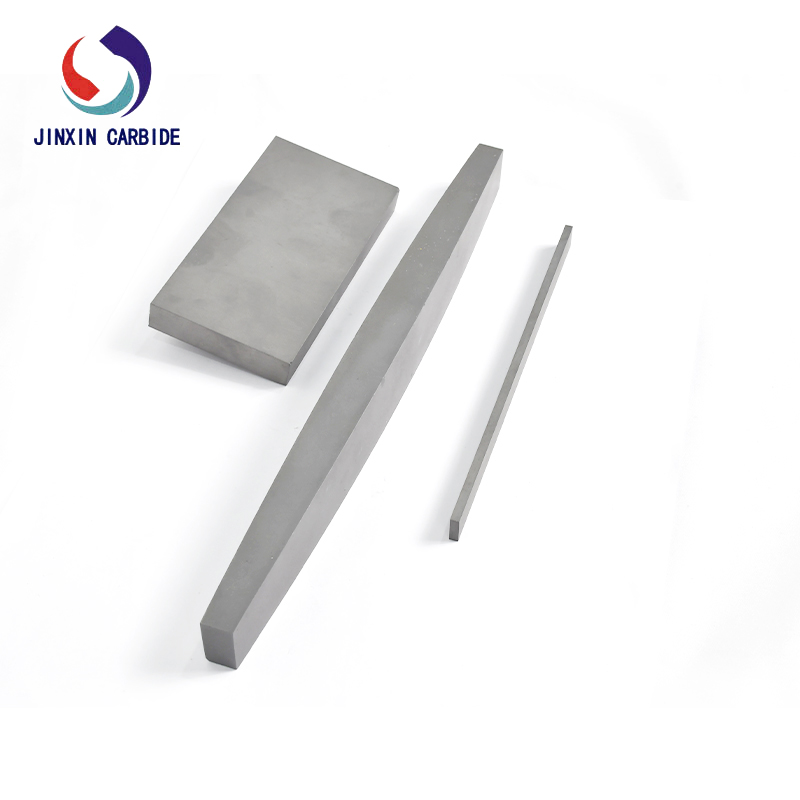Views: 0 Author: Site Editor Publish Time: 2024-06-26 Origin: Site








Tungsten carbide plates, known for their excellent physical properties such as high hardness, wear resistance, and corrosion resistance, are widely used in industries like mold making, aerospace, machining, and others. The production process combines advanced material science with precision manufacturing technology, with key technical steps such as spray drying, deep cold treatment, SHIP low-pressure sintering, and cold isostatic pressing playing a vital role.
1.Raw Material Preparation: The primary raw materials for tungsten carbide plates are tungsten and cobalt powders. These powders must be crushed, screened, and dried to ensure the purity and homogeneity of the raw materials.
2.Powder Preparation: Tungsten and cobalt powders are mixed in a specific ratio, with small amounts of metal oxides and other additives added. This mixture is then ball-milled or processed mechanically to achieve uniformity.

3.Mixing: The powder mixture is combined with an organic plasticizer to form a paste suitable for press molding.
4.Pressing: The paste is placed into a press, where high pressure is applied to shape it. Commonly used pressing methods include isostatic pressing, cold isostatic pressing, hot isostatic pressing, and extrusion.
5.Sintering: The pressed tungsten carbide blanks are placed in a high-temperature furnace and sintered under a hydrogen or nitrogen protective atmosphere to form a dense alloy.
6.Post-Treatment: After sintering, the tungsten carbide plates are subjected to further machining processes, such as drilling, grinding, and molding, to meet the final specifications and accuracy requirements.
